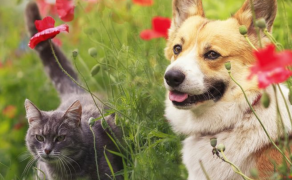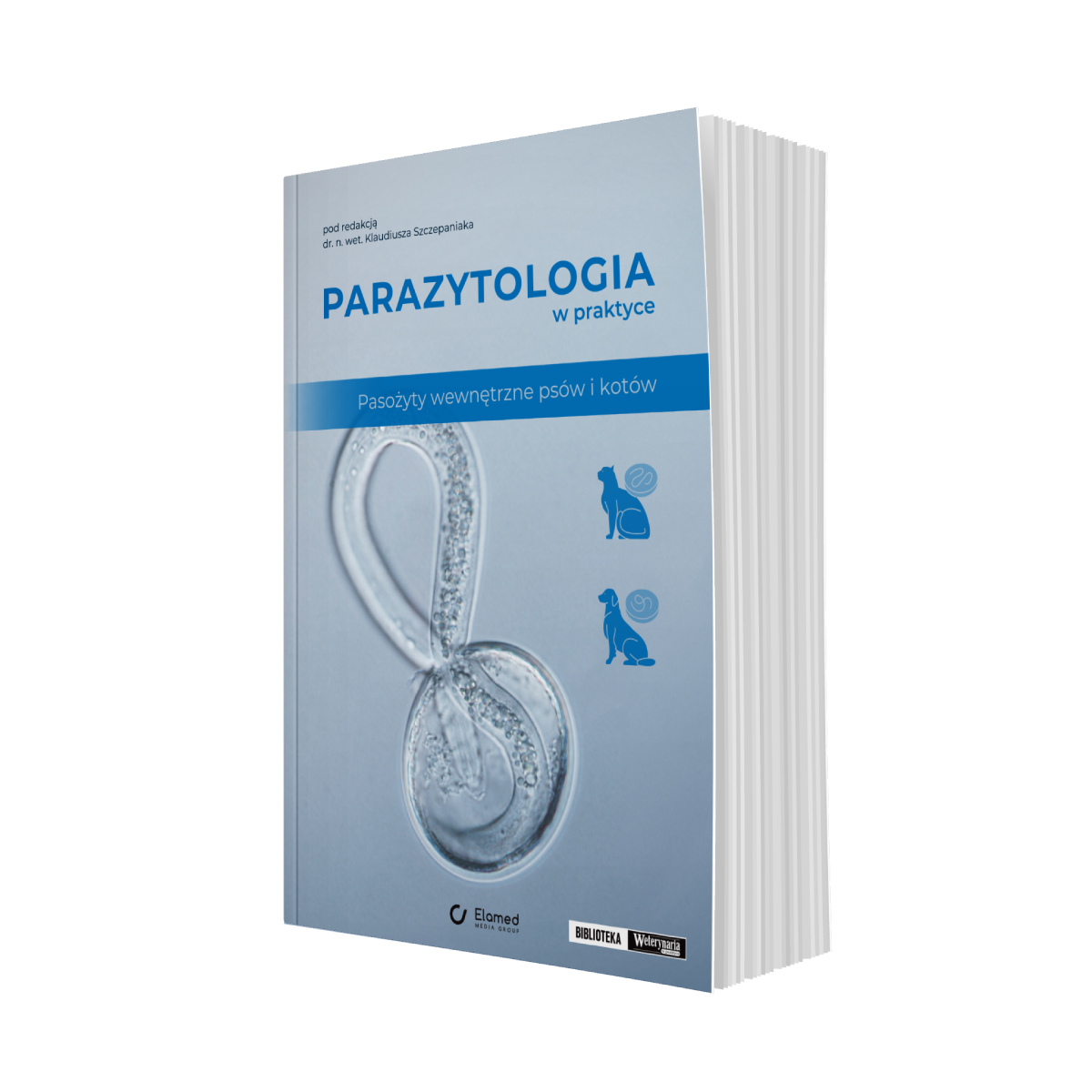Nietypowy przebieg anaplazmozy granulocytarnej u psów
Piśmiennictwo
- Adaszek Ł., Kotowicz W., Klimiuk P., Gorna M., Winiarczyk S.: Ostry przebieg anaplazmozy granulocytarnej u psa – przypadek własny. „Weterynaria w Praktyce”, 2011, 9, 59-62.
- Adaszek Ł., Dzięgiel B., Winiarczyk S.: Wybrane choroby transmisyjne psów i kotów. Wyd. Elamed 2015.
- Adaszek Ł., Dzięgiel B., Bartnicki M., Winiarczyk S.: Anaplazmoza granulocytarna – zagrożenie dla zdrowia człowieka. „Weterynaria w Praktyce”, 2013, 10, 23-27.
- Adaszek Ł., Policht K., Gorna M., Kutrzuba J., Winiarczyk S.: Pierwszy w Polsce przypadek anaplazmozy (erlichiozy) granulocytarnej u kota. „Życie Wet”, 2011, 86, 132-135.
- Berzina I., Krudewigb Ch., Silaghi C., Matisea I., Rankad R., Mullere N., Welle M.: Anaplasma phagocytophilum DNA amplified from lesional skin of Seropositive dogs. „Ticks and Tick-borne Diseases”, 2014, 5 (3), 329-35.
- Bown K.J., Lambin X., Telford G.R., Ogden N.H., Telfer S., Woldehiwet Z., Birtles R.J.: Relative importance of Ixodes ricinus and Ixodes trianguliceps as vectors for Anaplasma phagocytophikum and Babesia microti in field vole (Microtus agrestis) populations. „Appl Environ Microbiol”, 2008, 74, 7118-7125.
- Brown M., Rogers K.: Neutropenia in dogs and cats: a retrospective study of 261 cases. „J Am Hosp Assoc”, 2001, 37, 131-139.
- Cao W.C., Zhao Q.M., Zhang P.H., Dumler J.S., Zhang X.T., Fang [...]
Ten materiał dostępny jest tylko dla użytkowników, którzy są lekarzami weterynarii
lub posiadają wykupioną subskrypcję.
lub posiadają wykupioną subskrypcję.
Masz aktywną subskrypcję?
Nie masz jeszcze konta w serwisie? Dołącz do nas
Mogą zainteresować Cię również
111
ALGORYTMY
POSTĘPOWANIA
w weterynarii
POSTĘPOWANIA
w weterynarii
























